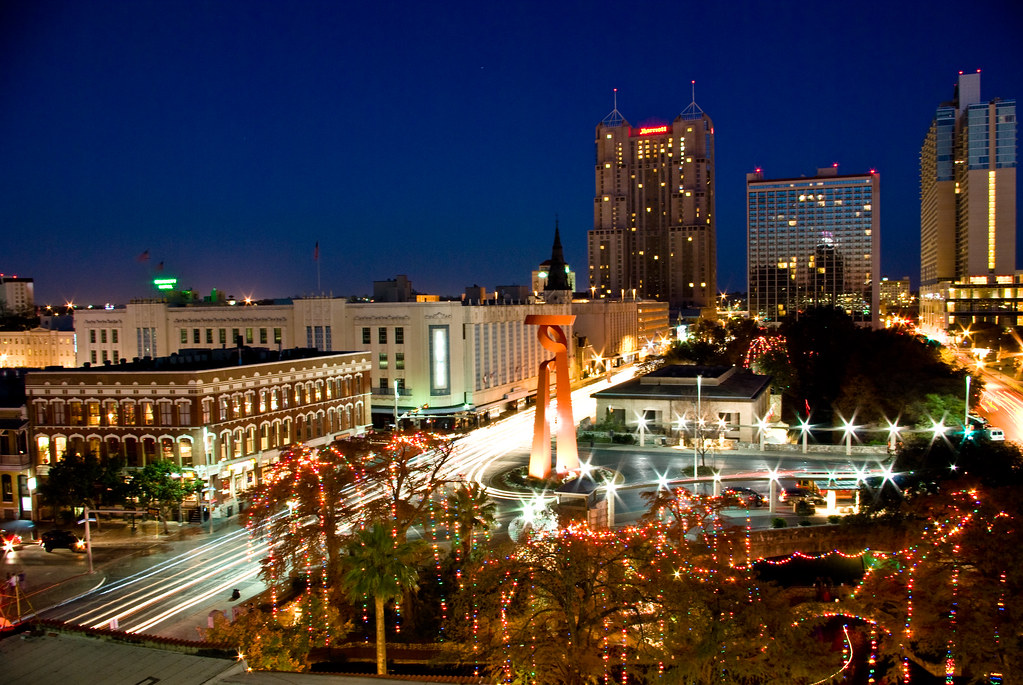
Hey there, San Antonio history buffs and nightlife aficionados! Ever find yourself cruising down a familiar street and a phantom beat drops, a memory of flashing lights and booming bass hitting you from out of nowhere? If so, you’re probably one of the true enthusiasts who remember the glory days of San Antonio’s club scene, a vibrant tapestry woven through the late ’70s and early ’80s.
Back then, long before today’s hotspots, our city pulsed with legendary venues that defined an era. From disco dens to country hoedowns, these were the places where friendships were forged, love stories began, and countless unforgettable nights unfolded. But time, as it always does, marches on, and many of these iconic establishments have faded into memory, their buildings repurposed or even completely vanished.
So, buckle up, because we’re about to take a thrilling trip down memory lane. Get ready to test your knowledge and rekindle those nostalgic vibes as we unearth the first half of these forgotten gems. Can you identify these hotspots that only a true San Antonio clubber would remember? Let’s dive in and see how many of these legendary locations you can recall!
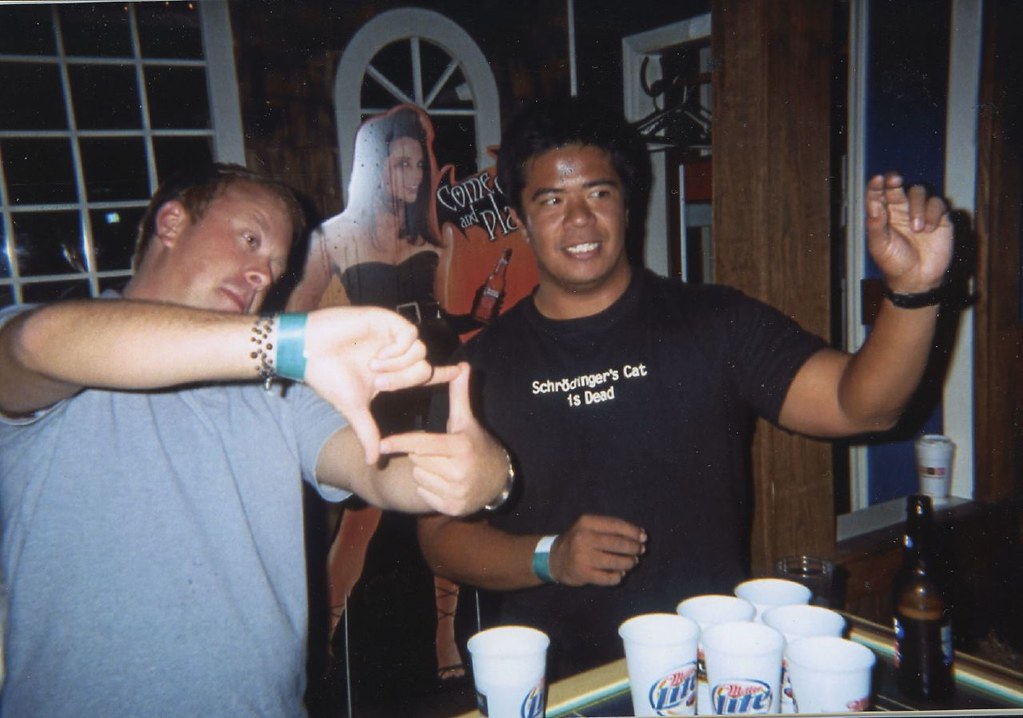
1. **Midnight Rodeo**Our journey kicks off with a visit to the hauntingly familiar grounds of Midnight Rodeo. Located at 12260 Nacogdoches, just north of Thousand Oaks Drive, this club was a staple for many San Antonio clubbers. It’s been closed for a while now, but for those who remember its prime, the name alone conjures vivid images of weekend revelry and packed dance floors.
Upon revisiting this old stomping ground, one can still see the original facade and the club’s name, a ghost of its former self. The front entrance, which actually faced Thousand Oaks Drive, once welcomed throngs of eager patrons, who would fill the huge parking lot before stepping inside. It’s a bittersweet sight to behold for anyone who experienced its vibrant past.
Peeking through the front door window reveals a scene frozen in time, almost like stepping into a time capsule. You might find it creepy, as some have described, to see tables, chairs, the bar with its empty glasses, and that lonely wooden dance floor, all seemingly waiting for a crowd that will never return. It’s a poignant reminder of the countless moments of joy and dancing that once filled these now silent halls.
Read more about: From Hollywood to Your Table: 14 Celebrities Who Are Quietly Rocking the Restaurant Scene Across the US!
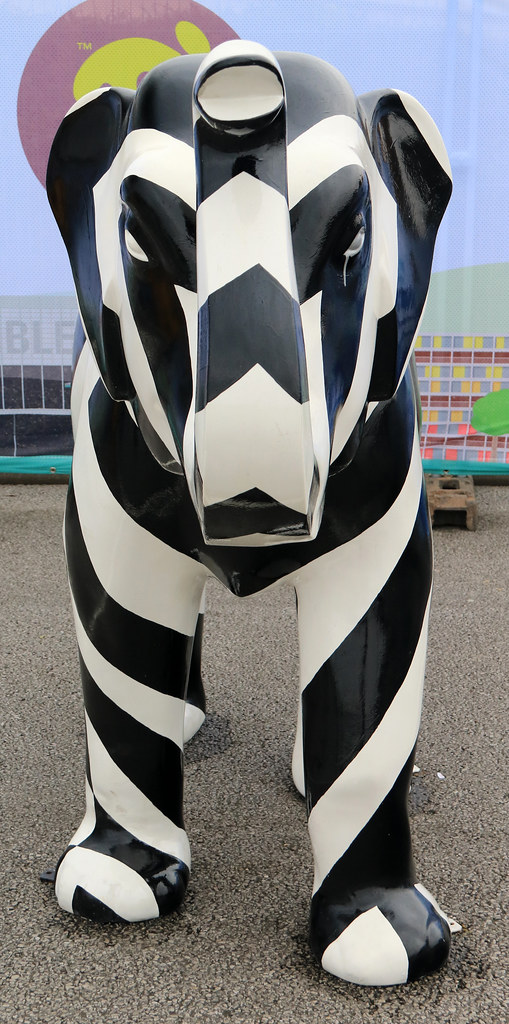
2. **Razzle Dazzle**Next up on our nostalgic tour is Razzle Dazzle, an establishment that once lit up the corner of 2376 Austin Highway at Perrin Beitel. The building itself is still standing, remarkably retaining its original front entrance door. However, if you were hoping to relive your glory days inside, you might be surprised by its new identity.
Today, Razzle Dazzle’s former home has undergone quite a transformation, now housing an adult toy shop. This stark contrast between its past as a bustling nightclub and its current, decidedly different retail purpose is certainly a conversation starter. It makes you wonder about the stories those walls could tell, from the pulsating beats of yesteryear to its present-day quiet commerce.
It’s a fascinating example of how urban spaces evolve, and how the echoes of a place’s former life can still be felt, even when its purpose has completely shifted. While the physical structure remains, the vibrant energy and specific type of entertainment that defined Razzle Dazzle are now solely a part of San Antonio’s collective memory.
Read more about: Mitzi Gaynor, Effervescent Star of Hollywood Musicals and Stage, Dies at 93, Reflecting on a Dazzling Legacy
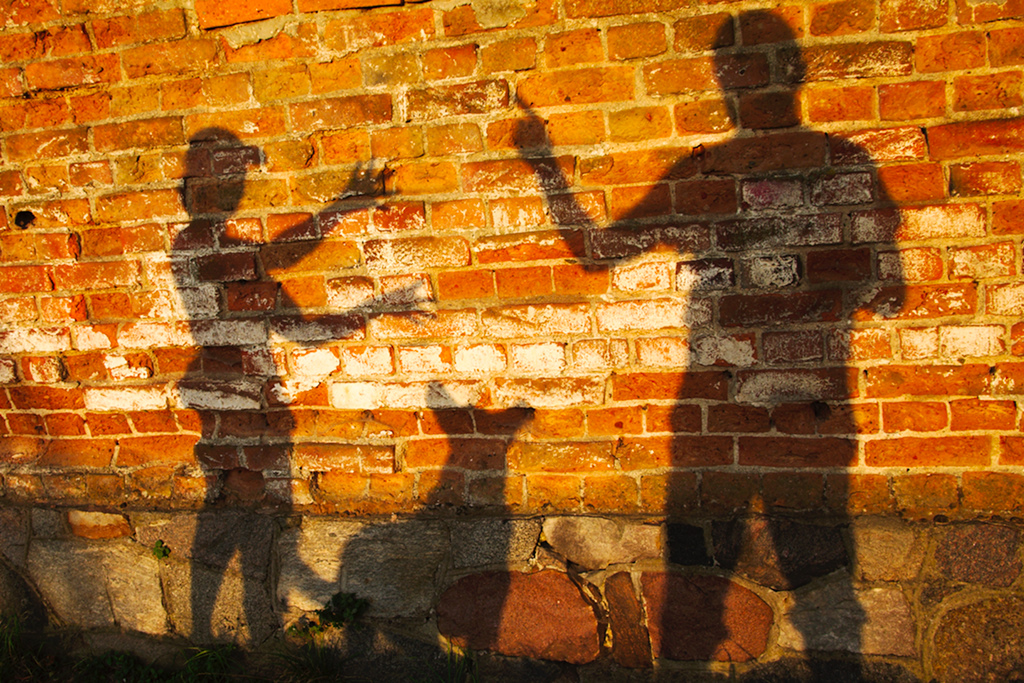
3. **Abracadabra/Broadstreet/Country Down Under**Prepare for a triple dose of nostalgia with this next entry, as we delve into the legendary complex that once resided within Central Park Mall. Long gone now, replaced by a mega strip shopping center, pinpointing the exact location of these clubs can be a challenge for even the most dedicated enthusiast, other than knowing they faced Loop 410. Yet, their impact on the city’s nightlife remains undeniable.
Abracadabra, in particular, is remembered by many as “the absolute best.” This multi-level club on street level was an architectural marvel of its time, featuring a large dance floor on the ground level and smaller, more intimate dance floors on the upper level. Patrons would often be delighted by confetti falling randomly from the ceiling, adding an extra layer of magic to the vibrant atmosphere. It was truly a place where unforgettable moments were made, creating an immersive experience for all who entered.
One specific memory recalled from 1984 speaks volumes about Abracadabra’s influential playlist: hearing Romeo Void’s ‘A Girl in Trouble is a Temporary Thing’ for the very first time. Shortly after that year, Abracadabra underwent a name change, transforming into Broadstreet, but continued to draw crowds with its enduring allure. The club’s evolution mirrored the changing tastes of the decade, yet it retained its core identity as a premier destination for a night out.
And let’s not forget the club nestled right underneath Abracadabra – Country Down Under. As its name suggests, this was the go-to spot for country and western music lovers, providing a stark yet complementary contrast to the pop and dance sounds above. This unique dual-venue setup within the same building offered something for everyone, making it a true nightlife hub. The entire complex was a cornerstone of San Antonio’s entertainment scene, making its disappearance all the more significant to those who remember it fondly.
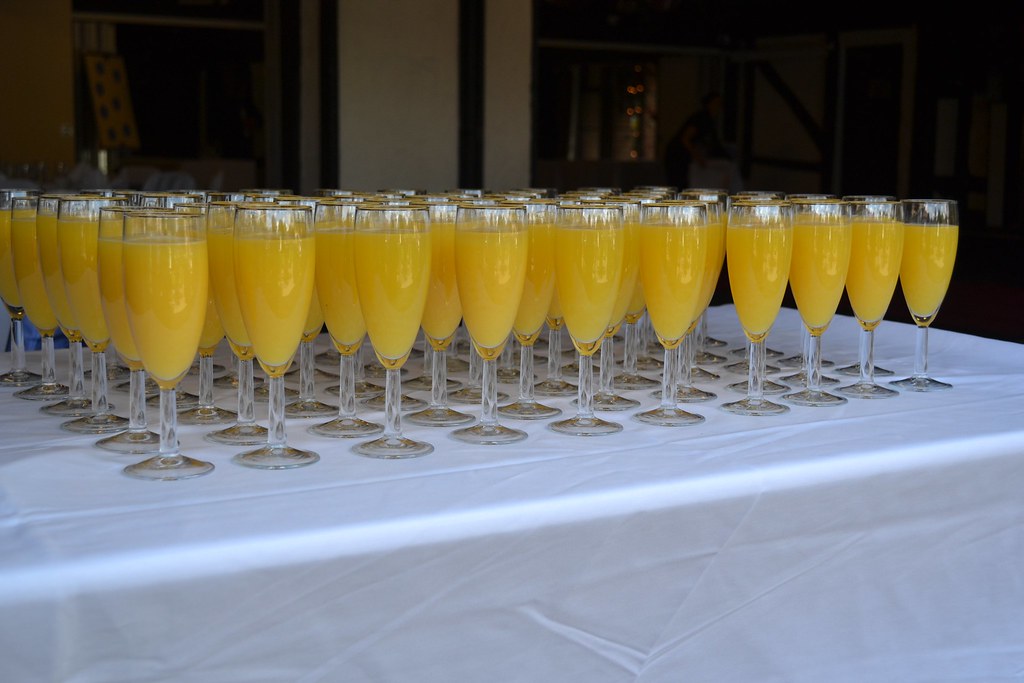
4. **The Fizz**Time to bubble up some memories with The Fizz nightclub, once a lively spot at 9631 San Pedro. Interestingly, the original building that housed this club is still standing today, a testament to the enduring structures that often outlast the businesses they once contained. The Fizz was strategically located in the southeast corner of this building, facing the bustling San Pedro thoroughfare.
However, the landscape around it has changed dramatically. What was once a large, bustling parking lot in front of the club is now the site of a brand-new North Park Subaru Dealership, located at 9635 San Pedro. This transformation means that the direct approach to the old club’s entrance is now obscured by modern commerce, presenting a very different scene to today’s passersby.
But for those in the know, a glimpse of the past is still possible! You can catch a view of the rear of the old building, precisely where The Fizz was situated, from Lorene Street, which runs directly behind it. It’s a subtle nod to history, allowing true enthusiasts to connect with the physical remnants of this once-popular destination, even if the front door is no longer readily apparent.
Imagining The Fizz now requires a bit of historical detective work, piecing together its location from various angles. Yet, for those who remember its energetic nights, the building’s presence serves as a silent monument to a place where music, laughter, and camaraderie once flowed as freely as the drinks, creating countless cherished memories.
Read more about: Navigating the Compact Car Market: Your Essential Guide to 11 Top Affordable Picks for Smart Buyers
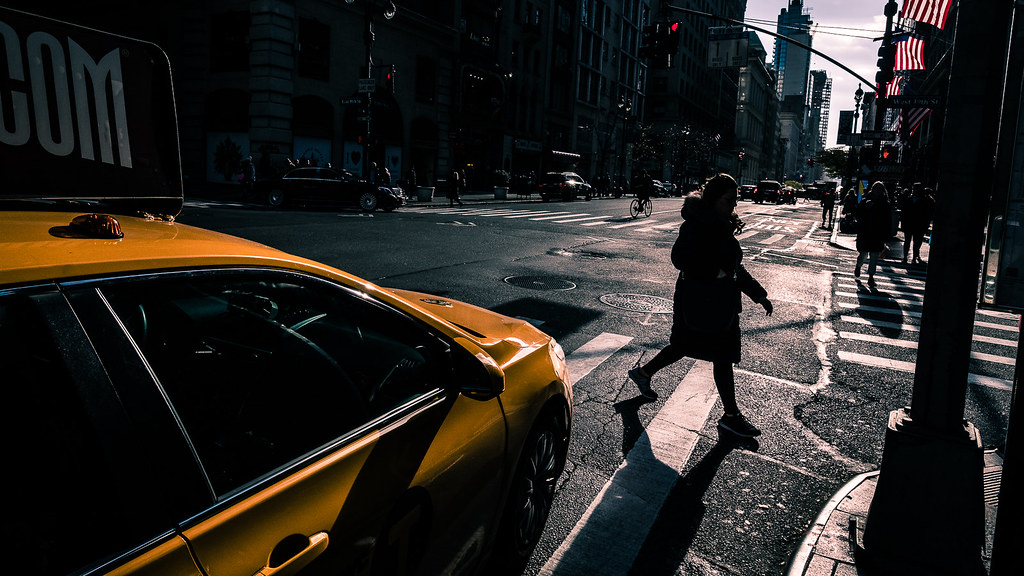
5. **Fifth Ave.**Strolling down Fredericksburg Road, we arrive at what was once Fifth Ave. nightclub, nestled in a cozy corner of a shop center at 7959 Fredericksburg Road, Suite 131. This was no stand-alone behemoth, but rather a charming spot, sharing its retail complex with other businesses, including a familiar “Black Eyed Pea” restaurant – a perfect companion for a pre or post-club meal.
Today, if you’re looking for the vibrant beats of Fifth Ave., you’ll find a different kind of buzz. The location is currently occupied by “Slackers Sports Bar,” a popular spot for catching a game or grabbing a casual drink. Before Slackers, it was known as “The Leakey Barrel,” showing a consistent lineage of establishments focused on drinks and good times, albeit with different themes and atmospheres.
Originally, a distinct canopy adorned the entrance door, a subtle but recognizable feature that marked the club’s presence. However, time, like a relentless DJ, spun its track forward, and that original canopy is now gone, erased by subsequent renovations and changes. It’s often the small, architectural details like these that truly anchor our memories to a physical place, and their disappearance marks a further step away from the past.
Despite the changes, the corner still holds the energy of a community gathering spot, a place where people have come together for decades to unwind and connect. While Fifth Ave. itself lives on only in the minds of those who danced its nights away, its spirit of convivial gathering endures in its modern incarnations, reminding us of the transient nature of nightlife and the enduring appeal of a good local spot.
Read more about: The Shocking True Story of the Stolen Car That Led to Elvis Presley’s First Record Deal
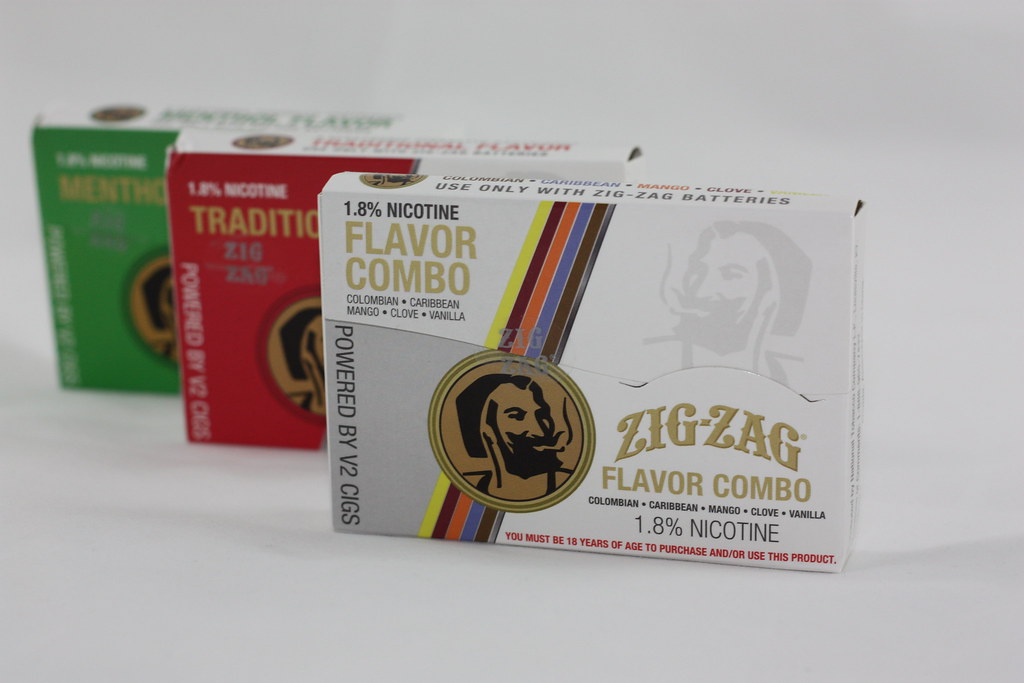
6. **Zig Zag**Our next stop takes us to a corner of 2805 N.E. Loop 410, where the Zig Zag club once held court. Today, this address is home to BLT Furniture, a far cry from the pulsating rhythms and energetic crowds that once defined the space. It’s another classic example of San Antonio’s dynamic urban development, where the old makes way for the new.
Back in its heyday, the front of the Zig Zag club proudly faced Loop 410, making it a prominent landmark for anyone traveling along that busy thoroughfare. To its immediate west, you’d find an Academy Sporting Goods, which might have served as a useful point of reference for friends meeting up for a night out. This strategic location ensured visibility and accessibility, key ingredients for a successful nightclub.
Imagine the transformation: from a bustling entertainment venue where people danced the night away, perhaps under disco lights or to the latest pop hits, to a quiet showroom displaying sofas and dining sets. It’s a vivid illustration of how the fabric of a city changes, with each building taking on new lives and serving different purposes over the decades. Only the memories of those who experienced Zig Zag remain, preserving its legacy as a vibrant part of San Antonio’s past.
Read more about: Fortify Your Finances: 15 Essential Items You Must Remove from Your Wallet to Prevent Identity Theft
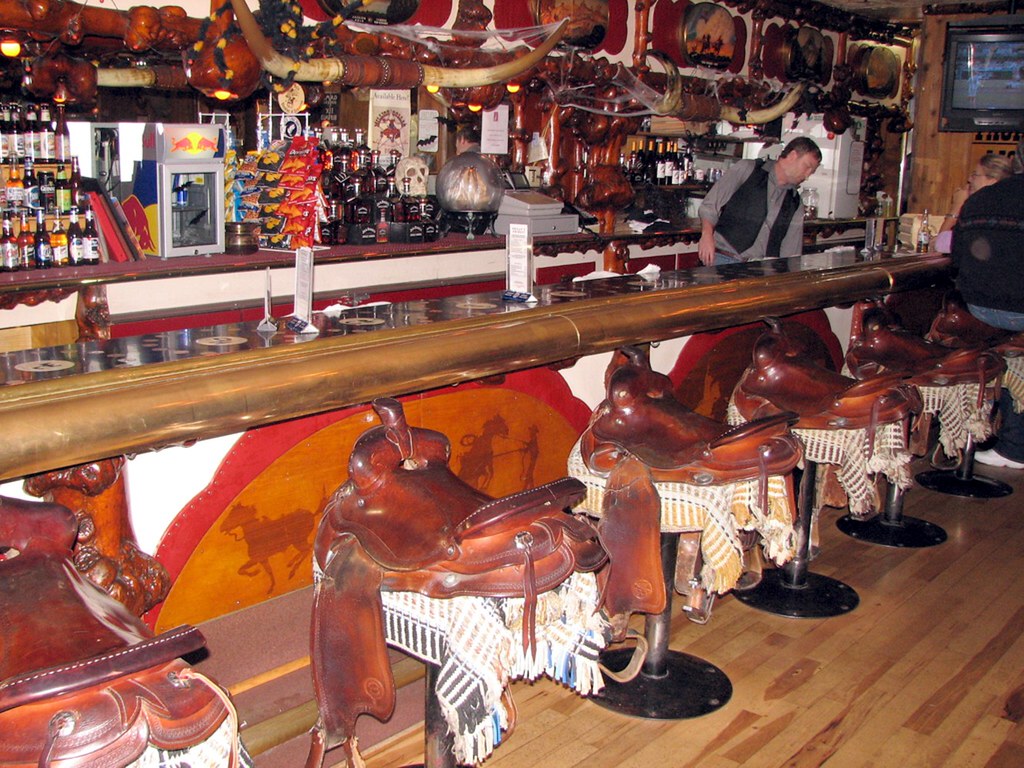
7. **Cowboy Nightclub**Rounding out the first half of our throwback journey is the Cowboy Nightclub, an early ’80s hangout specifically between 1980-82, located at 5607 Kenwick Drive on the corner of Kenwick and Joiner. It’s crucial not to confuse this intimate spot with the much larger Cowboys Dance Hall at IH 35 and the Fratt Interchange; this was a distinct, smaller venue with its own unique charm.
Indeed, as clubs go, Cowboys was very small. For those curious about its modest dimensions, a quick look on Google Maps Street View of the address will vividly illustrate just how compact the club was. This small size likely contributed to a more intimate and personal atmosphere, fostering a close-knit community of regulars who appreciated its cozy vibe and classic country tunes.
Today, the building that once echoed with country music and laughter houses “Las Marcas,” a duty-free shopping establishment, and shares its space with a very small cleaning service aptly named Carrillo’s. It’s a quiet existence compared to its spirited past, a testament to how even the smallest of venues hold significant memories for those who frequented them. The Cowboy Nightclub, despite its size, played a role in shaping the early ’80s nightlife for many San Antonians, leaving behind a legacy cherished by early enthusiasts.
Welcome back, fellow San Antonio history hunters! Our journey through the city’s electrifying ’70s and early ’80s nightlife is far from over. If you aced the first half of our quiz, get ready to stretch those memory muscles even further, because we’re about to unearth seven more legendary hotspots that shaped a generation.
From country hoedowns that evolved into modern-day saloons to disco palaces swallowed by urban development, these venues each have a fascinating story of legacy, transformation, and sometimes, complete disappearance. Prepare to rekindle those cherished memories as we continue our deep dive into the beloved haunts and dance halls that once pulsed with life across San Antonio.
Read more about: Get Ready to Rewatch! These 15 Movies Are So Iconic, They’ve Practically Moved Into Your Brain
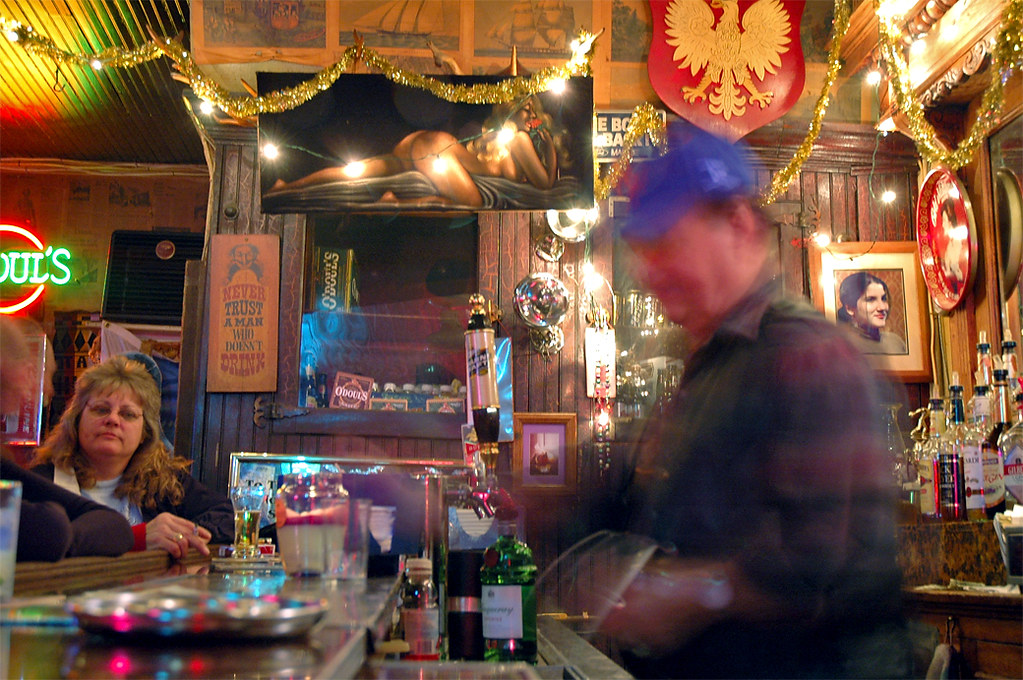
8. **Denim and Diamonds/Dallas**Continuing our nostalgic voyage, we arrive at a cornerstone of country and western entertainment: the club that started as Denim and Diamonds before transitioning to Dallas. Located at 2335 N.W. Military Highway, right at the intersection with Lockhill-Selma, this venue was a true fixture for C&W aficionados.
Over the decades, this dynamic spot has undergone quite the identity shift. After its runs as Denim and Diamonds and Dallas, it transformed into a “Fast Eddies.” Today, it welcomes patrons as the “Thirsty Horse Saloon,” carrying on a legacy of lively entertainment, albeit with a fresh name and modern flair.
What’s truly remarkable about this location is the resilience of its physical structure. Despite multiple name changes and new eras of nightlife, the facade of the building has remained largely consistent. Only the name and color have truly shifted, offering a visual testament to its enduring presence in San Antonio’s evolving club scene.
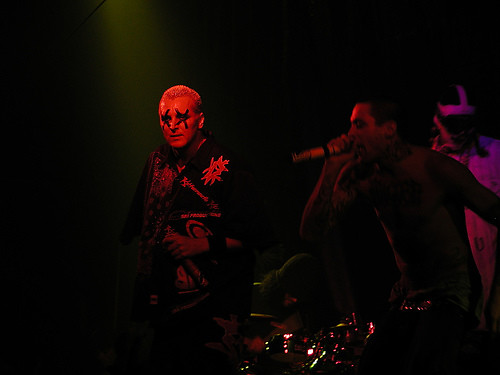
9. **Daddy’s Night Club**Next on our list is Daddy’s Night Club, a vibrant establishment that once occupied a prime spot within a strip center at 3600 Fredericksburg Road, near Gardina. It shared its space with other businesses, including a convenient Poncho’s Mexican Buffet, making it a perfect destination for a full night out.
Daddy’s wasn’t just about the DJ spinning tunes; it was a hotbed for live performances. Imagine experiencing musical magic firsthand, like seeing Kim Carnes electrify the stage with “Bette Davis Eyes” back in ’81. Beyond the big names, a steady stream of talented artists and energetic DJs kept the crowds coming back for more, creating unforgettable nights filled with music and dancing.
Sadly, the passage of time has been less kind to the entire complex that housed Daddy’s. The entire strip center is now completely gone, having vanished quite some time ago. In its place, where laughter and music once echoed, now lies the serene landscape of an Old Spanish Walking Trails park, a poignant reminder of San Antonio’s continuous transformation.
Read more about: Beyond the Red Carpet: 12 Actors Who Might Be More Problematic Than You Think
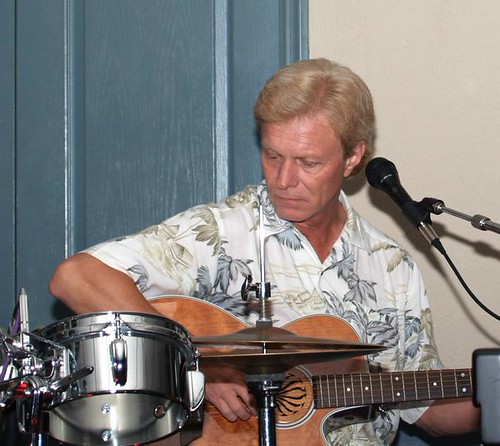
10. **Doc Holidays**Our journey takes us now to Doc Holidays, a club that once held court at 3780 N.W. Loop 410. This establishment was strategically located in a strip center along the eastbound access road of Loop 410, just west of Fredericksburg Road. Its entrance faced the busy access road, making it a recognizable spot for those cruising by.
Doc Holidays was known for its distinct long and narrow layout, a characteristic that defined its intimate atmosphere. Today, this once unified space has been significantly altered, divided into two distinct, separate spaces. It’s a prime example of how urban buildings are constantly repurposed to meet new demands.
The original entrance to what was Doc Holidays now houses what was once a Stop SA Clinic, and currently stands unoccupied, a silent testament to its varied past. The other portion of the old club has also found a new life, now serving as a Futon Store. It’s a fascinating evolution, from a bustling nightclub to multiple retail and service-oriented spaces, reflecting the ever-changing face of our city.
Read more about: 12 Infomercial Dynasties: How Late-Night Pitches Built Unforgettable Fortunes and Enduring Legacies
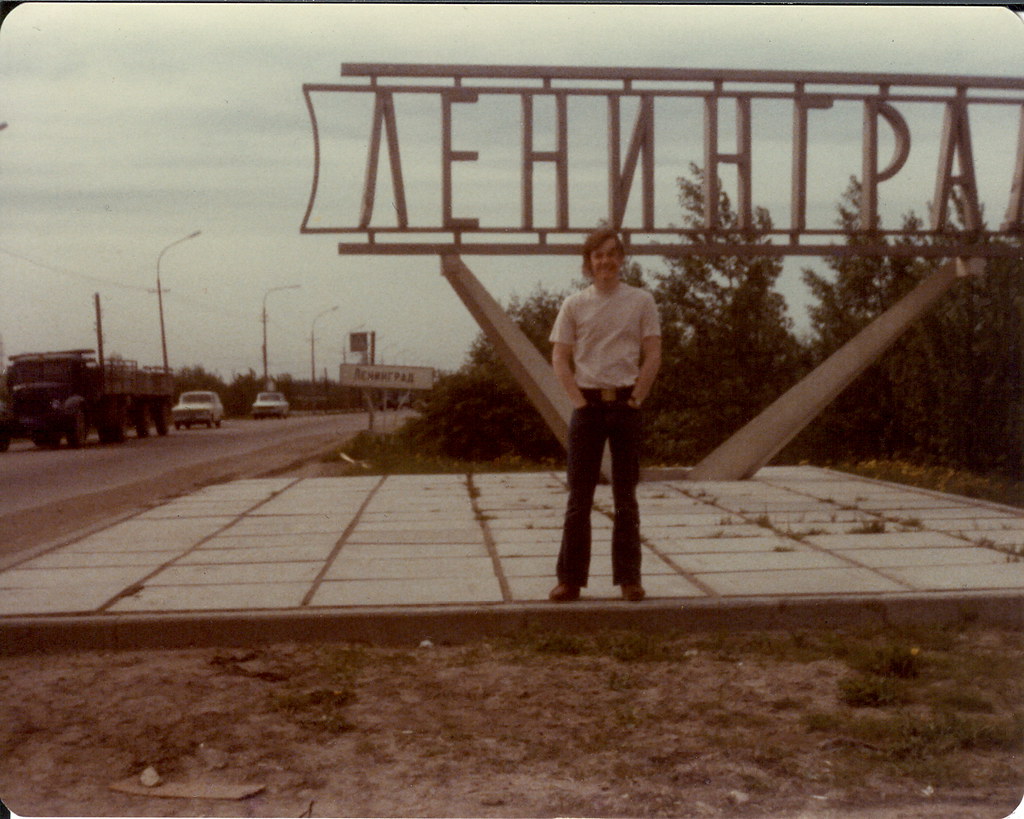
11. **The Edge of Town**Prepare for a truly nostalgic flashback with The Edge of Town, a club whose name perfectly encapsulated its location in the early 1980s. Situated on the northwest corner of the Culebra and Ingram intersection, it truly felt like the very periphery of San Antonio back in 1980, with very little development surrounding it.
For many, this spot was an iconic hangout, a place where memories were forged at the literal edge of urban sprawl. Fast forward to today, and the landscape is entirely different. The club’s former footprint is now occupied by a modern strip center, home to businesses like a Metro by T-Mobile, a dental group, and even another Fast Eddies. Residential developments have also sprung up around it, illustrating the massive growth our city has experienced.
There’s a special place in the hearts of many for the fond memories created at this particular Edge of Town. While there might have been another club bearing the same name elsewhere in San Antonio, this Culebra and Ingram location was the one that truly resonated with local clubbers, especially those who lived nearby. It’s a vibrant reminder of how much San Antonio has expanded and how far its “edge” has moved.
Read more about: 8 Beloved Comedians Who Strongly Declared They Wouldn’t Share The Same Stage: Unearthing Hollywood’s Hidden Feuds
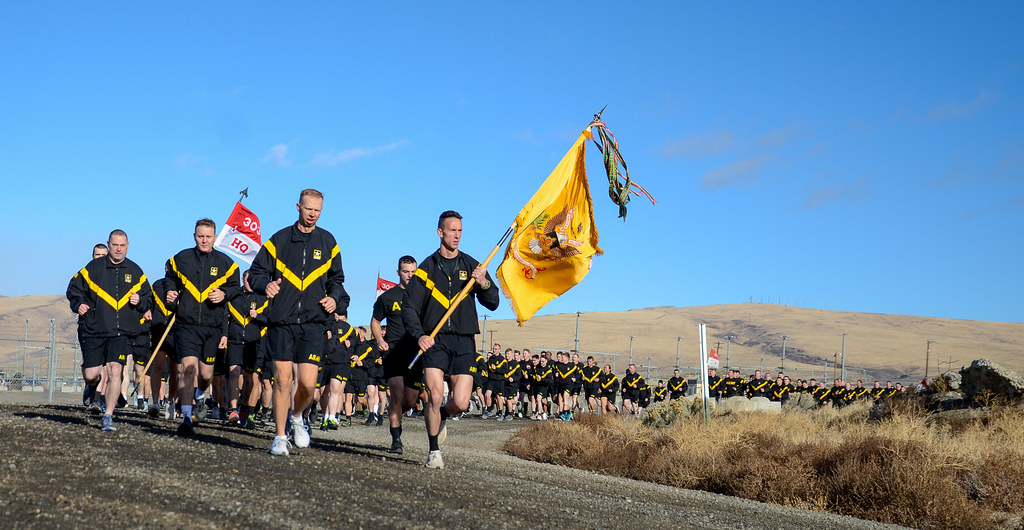
12. **S.K. Stampede**Next, we’re roping in some memories of the S.K. Stampede, a country and western club that held its ground within the Wonderland of the Americas Mall. For those who remember its various incarnations, the mall itself has been known as Crossroads Mall and Wonderland Mall, making S.K. Stampede part of a truly layered history.
This C&W club’s entrance wasn’t front and center; it was tucked away on the backside of the mall, facing east towards IH 10 West. This unique placement gave it a distinctive character, perhaps making it feel like a hidden gem for those in the know. Today, the general area where the club once stood is now occupied by the offices of the Wonderland Medical Center.
The entire facade of the mall has undergone a complete transformation since those days. It’s a stark visual reminder that while the core structure might persist, the outward appearance and purpose can change dramatically. The S.K. Stampede, along with the mall itself, serves as a fascinating chapter in San Antonio’s architectural and entertainment evolution.
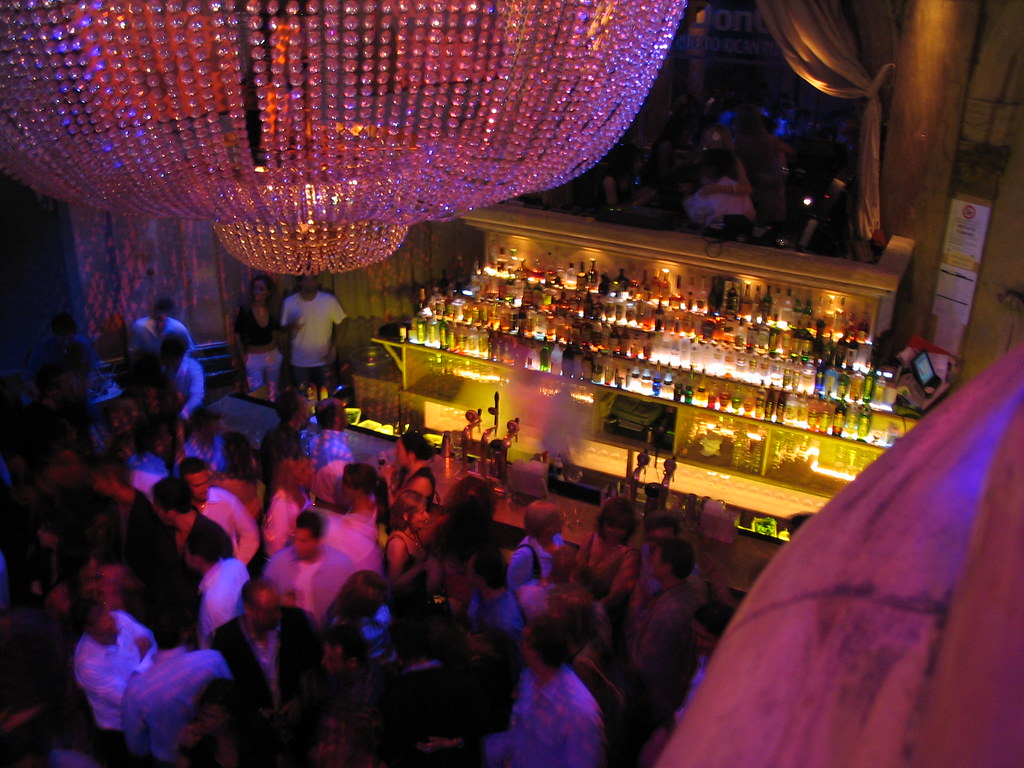
13. **Graffiti’s**Our journey now leads us to Graffiti’s, a nightclub nestled within the modest confines of Colonies North Mall. This mall, a familiar landmark for many, was situated on grounds surrounded by IH 10 West, Wurzbach Road, Ironside Drive, and Colony Drive, making it a central hub for shoppers and club-goers alike.
Graffiti’s offered a vibrant experience right inside the mall, a popular destination for those looking to dance and socialize. However, urban redevelopment has completely reshaped this area. The entire footprint of Colonies North Mall is now gone, erased to make way for new commercial ventures.
In its place, you’ll find a massive HEB grocery store and the sprawling Colonies North Shopping Center. It’s a truly dramatic transformation, where not just a club, but an entire mall has vanished, leaving virtually no trace of its former life. For those who remember Graffiti’s and the mall, it’s a profound reminder of how rapidly cityscapes can evolve.
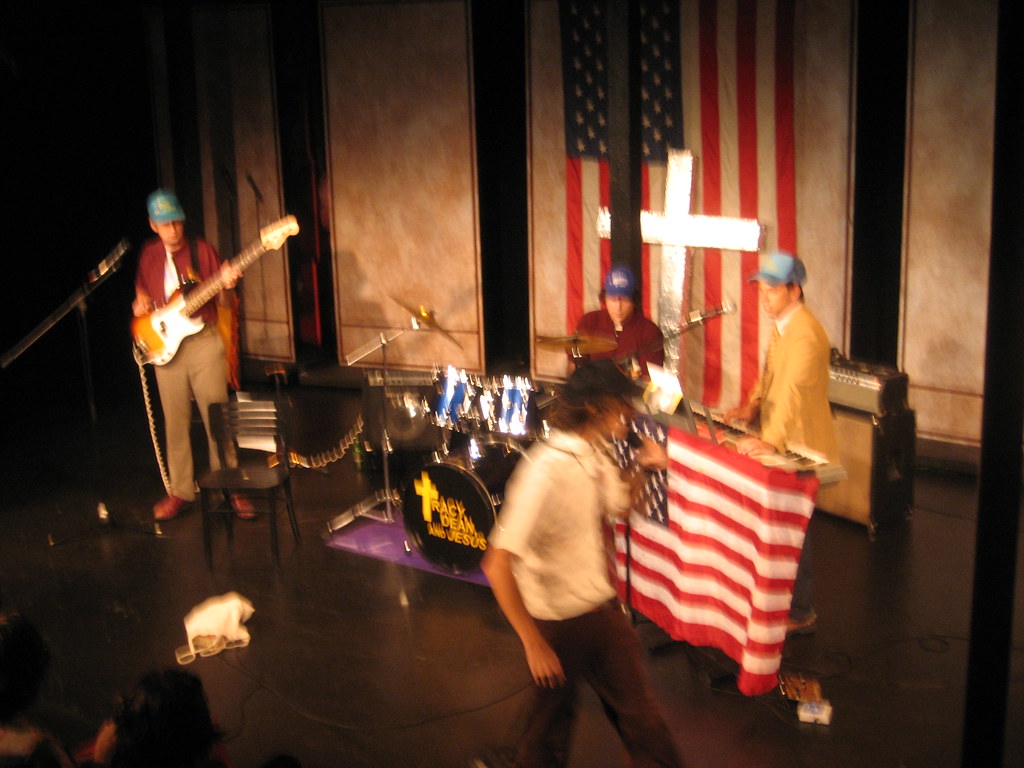
14. **Hallelujah Hollywood**Finally, we arrive at the last stop on this particular nostalgic tour: Hallelujah Hollywood. This was no ordinary club; it was known as a rather “hoity toity” disco club, a sophisticated spot that defined the late ’70s and early ’80s glam scene. You’d find it at 10127 Coachlight, right on the corner of Desert Sands, with the Old San Francisco Steakhouse just a block southwest, adding to its upscale allure.
Hallelujah Hollywood eventually spun its last disco ball, and the building has since taken on new identities. It served time as the SA Country Saloon before becoming the current home of SOGO Insurance Brokers. It’s a classic example of a building adapting to the ever-changing commercial landscape of San Antonio.
Intriguingly, the basic structure of the building remains steadfast, a silent witness to its glamorous past. In fact, it’s currently receiving a facelift, perhaps preparing for yet another chapter in its storied life. For those who remember its glittering disco days, Hallelujah Hollywood is a testament to how even the most fashionable haunts can evolve, continuing to serve the community in entirely new ways while still carrying echoes of its vibrant history.
And just like that, our thrilling trip through San Antonio’s forgotten ’70s and early ’80s nightclubs comes to an end! Did these names spark a flicker of recognition, or perhaps flood your mind with a tidal wave of cherished memories? Each of these clubs, whether transformed into a new business or completely erased by development, played an undeniable role in weaving the vibrant tapestry of our city’s past.
Read more about: An In-Depth Profile: Unpacking the Complex Journey of T.O.P (Choi Seung-Hyun)
From the pulsating beats of disco to the twang of country tunes, these were the places where generations connected, celebrated, and danced the night away. They stand as enduring symbols of an era, reminding us that while buildings may change, the spirit of community, fun, and unforgettable nights lives on in the hearts and memories of San Antonio’s true enthusiasts. Cheers to the good old days, and to the stories that continue to echo through the streets of our incredible city!



